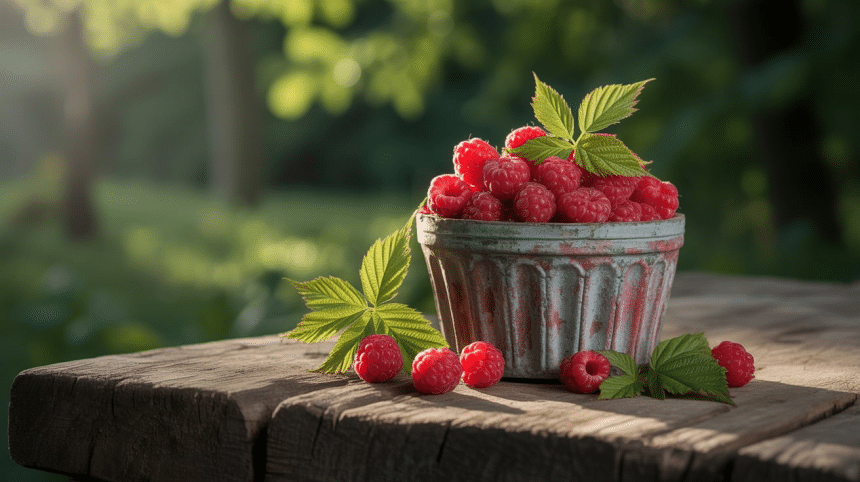Nothing beats the heartbreak of finding mushy, moldy raspberries in the fridge just days after buying them.
These little red gems are delicious but fragile. They spoil faster than most fruits. That’s why freezing them is such a lifesaver
Frozen raspberries taste almost as good as fresh ones. They work perfectly in smoothies, baked goods, and breakfast bowls. Plus, they last for months in the freezer.
The best part? Freezing raspberries is surprisingly easy. No fancy equipment is needed. Just a few simple steps and you’ll have a stash of berries ready whenever you need them.
If you bought too many at the store or picked them from your garden, freezing saves money and reduces waste. Your future self will thank you when you’re craving berry pancakes in the middle of winter.
Why Freeze Raspberries?
Freezing raspberries extends their life from a few days to several months. Fresh raspberries spoil quickly, but frozen ones stay good for up to a year. This means less food waste and more money in your pocket.
Frozen raspberries are incredibly convenient. No more last-minute grocery runs when you want to make a smoothie. They’re always ready to use straight from the freezer.
These frozen gems work perfectly in smoothies, muffins, pancakes, and yogurt bowls. They add natural sweetness to oatmeal and make great healthy snacks.
Baking with frozen raspberries is even easier since they won’t get crushed while mixing. You can also enjoy them as a refreshing treat on hot summer days.
When is the Best Time to Freeze Raspberries?
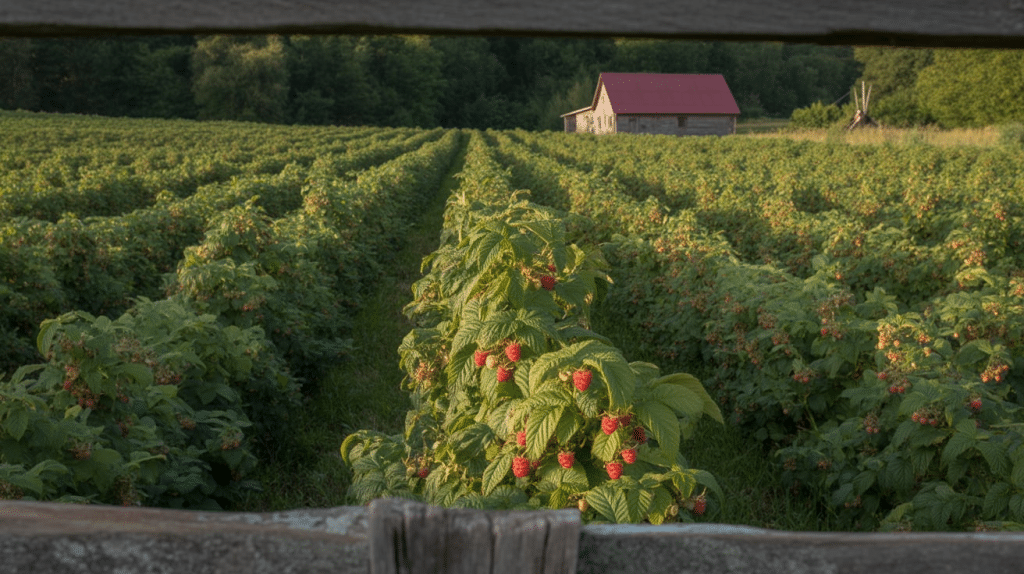
Timing is everything when it comes to freezing raspberries for optimal flavor, texture, and nutritional value.
The key to preserving these delicate berries lies in understanding their peak ripeness window and selecting the highest quality fruit before they begin to deteriorate.
Peak Season Timing: Mid-Summer to Early Fall
The ideal time to freeze raspberries is during their peak growing season, which typically runs from mid-June through September. Summer raspberries reach their optimal ripeness between July and August.
During these months, raspberries contain the highest levels of natural sugars, antioxidants, and flavor compounds that make them worth preserving.
Color Selection: Deep Red with Uniform Hue
The best raspberries for freezing display a deep, uniform red color throughout the entire berry, without any white or pale areas that indicate under-ripeness.
Avoid berries with dark spots, bruising, or overly soft areas that suggest they’re past their prime.
The color should be vibrant and consistent, as this indicates the berry has reached full maturity and developed its complete flavor profile. Properly colored raspberries will maintain their appealing appearance even after freezing.
Texture and Ripeness: Firm Yet Yielding to Gentle Pressure
Perfect raspberries for freezing should feel firm when gently handled but yield slightly to light pressure, indicating they’re ripe without being overripe.
The berries should hold their shape well and not fall apart when picked up, yet shouldn’t be so hard that they feel underdeveloped. Each drupelet (the small round sections that make up the raspberry)
Preparing Raspberries for Freezing
Proper preparation is crucial for maintaining raspberry quality during freezing and ensuring the best results when you’re ready to use them.
Taking time to clean, sort, and prepare your raspberries correctly will preserve their flavor, texture, and nutritional value throughout the freezing process.
| Preparation Step | Details |
|---|---|
| Washing and Drying | Gently rinse raspberries in cool water. Place them on a clean kitchen towel to air dry. |
| Sorting Damaged or Unripe Berries | Remove any overripe or damaged raspberries. Discard underripe to ensure quality |
| Removing Excess Moisture | Pat dry raspberries with a paper towel before freezing to remove moisture. Avoid soaking them to prevent excess moisture |
Properly prepared raspberries will retain their shape, flavor, and nutritional benefits, making them perfect for smoothies, baking, or enjoying as a healthy snack year-round.
Freezing Whole Raspberries (Step-by-Step)
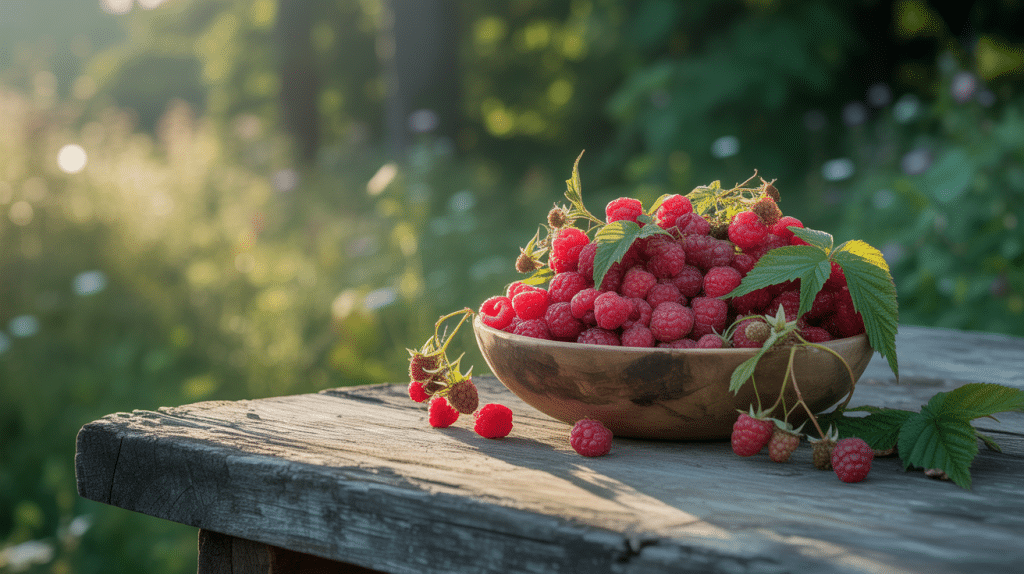
The most straightforward method for preserving raspberries is freezing them whole, which maintains their original texture and allows for versatile use later.
This technique works best with fresh, high-quality berries and creates individually frozen raspberries that won’t clump together in storage.
1. Clean and dry the raspberries thoroughly.
Gently rinse raspberries in cool water using a fine-mesh strainer, being careful not to crush the delicate berries. Pat them completely dry with paper towels or allow them to air dry on a clean kitchen towel before proceeding.
2. Spread raspberries on a baking sheet in a single layer.
Arrange the dried raspberries on a parchment-lined baking sheet, ensuring they don’t touch each other to prevent sticking. This spacing allows each berry to freeze individually, making portion control easier when you’re ready to use them.
3. Flash freeze for 2-4 hours, then transfer to airtight containers.
Place the baking sheet in the freezer until berries are completely solid, typically 2-4 hours, depending on size.
Transfer the frozen berries to labeled freezer bags or containers, removing as much air as possible to prevent freezer burn.
Freezing Raspberries as Sauce and Jam
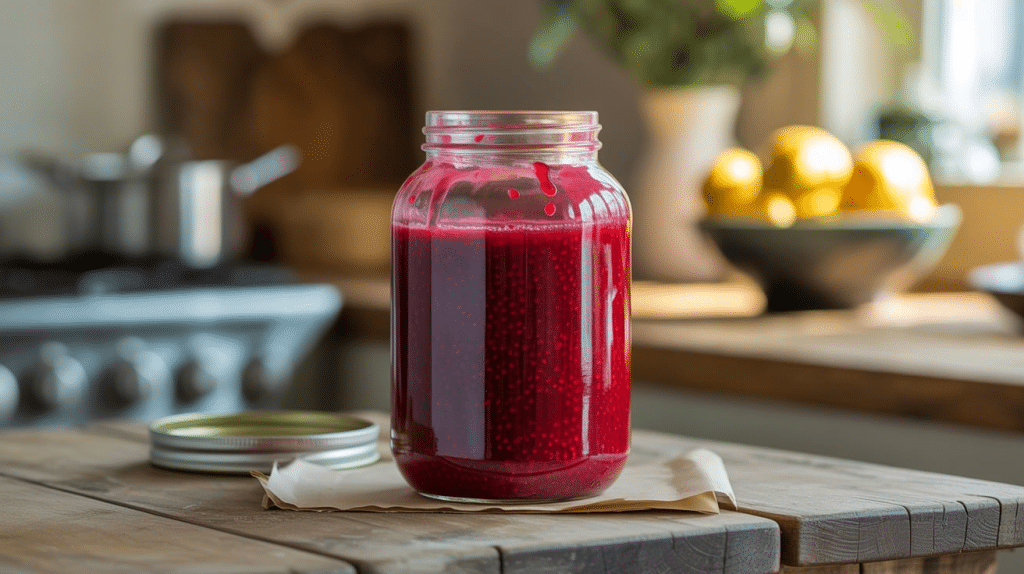
Converting raspberries into sauce before freezing creates a convenient, ready-to-use ingredient that’s perfect for desserts, breakfast items, and beverages.
Preparing raspberries specifically for jam-making and then freezing the finished product ensures you’ll have homemade jam available year-round.
This method allows you to control sugar content and create custom flavor combinations that store beautifully in the freezer.
|
Method |
Storing as Sauce |
Storing as Jam |
|
Ingredients |
2 cups raspberries, 1/4 cup sugar, 2 tbsp water |
2 cups raspberries, 1 cup sugar, 1 tbsp lemon juice |
|
Preparation |
Combine ingredients in a saucepan, cook for 10-15 minutes |
Crush raspberries, mix with sugar and lemon juice, let macerate 15-20 min |
|
Freezing |
Cool the sauce before transferring. label with date |
Pour hot jam into jars, cool, and freeze in portions |
|
Best Uses |
Pancakes, ice cream, cheesecakes, smoothies |
Spreads for toast, toppings, or mixed into desserts |
This method allows you to control sugar content and create custom flavor combinations that store beautifully in the freezer.
Fermenting Raspberries Before Freezing
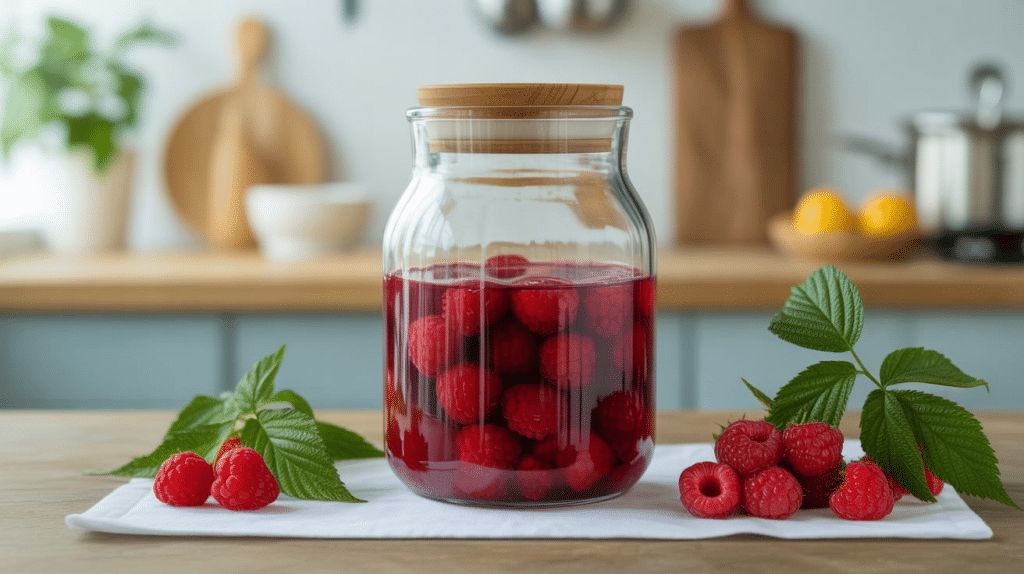
Fermenting raspberries before freezing creates a unique flavor profile with enhanced probiotic benefits and improved digestibility.
This traditional preservation method adds complexity to the berries while maintaining their nutritional value through the freezing process.
1. Benefits of fermenting raspberries before freezing.
Fermentation increases beneficial bacteria content, improves nutrient absorption, and creates complex flavor notes that enhance both sweet and savory applications.
The process also partially breaks down natural sugars, making the berries more suitable for low-sugar diets.
2. How to prepare raspberries for fermentation.
Combine fresh raspberries with sea salt (1 tablespoon per cup of berries) and pack into clean glass jars, leaving 2 inches of headspace.
Ensure berries are completely submerged under their natural juices to prevent mold growth during fermentation.
3. Steps for fermenting raspberries and storing them in the freezer.
Allow raspberries to ferment at room temperature for 3-5 days, checking daily and pressing down any berries that rise above the liquid.
Once the desired flavor is achieved, transfer to freezer containers and freeze for up to 6 months, maintaining probiotic benefits.
Tips for Freezing Raspberries Successfully
Achieving optimal results when freezing raspberries requires attention to detail and proper technique to maintain their delicate structure and vibrant flavor.
The most common mistakes include freezing wet or damaged berries, overcrowding containers, and failing to remove excess air from storage bags, which can lead to freezer burn and compromised texture.
When properly prepared and stored at 0°F or below, frozen raspberries can maintain their quality for up to 12 months, though they’re best used within 8 months for peak flavor and nutritional value.
Always label containers with freezing dates and use the oldest berries first to ensure you’re enjoying them at their best quality.
Conclusion
Mastering the art of freezing raspberries opens up a world of culinary possibilities, allowing you to enjoy the peak flavors of summer throughout the entire year.
The key to success lies in selecting the right berries at peak ripeness, following proper preparation steps, and using appropriate storage methods that prevent freezer burn and maintain quality.
With these proven techniques, you’ll never have to worry about the raspberry season ending too soon.
Your frozen raspberry collection will provide endless opportunities for healthy snacks, delicious desserts, and creative culinary adventures that bring the taste of summer to your table any time of year.
Tell us in the comments below: How do you prefer to enjoy your raspberries – as jam, sauce, or in another creative way?

